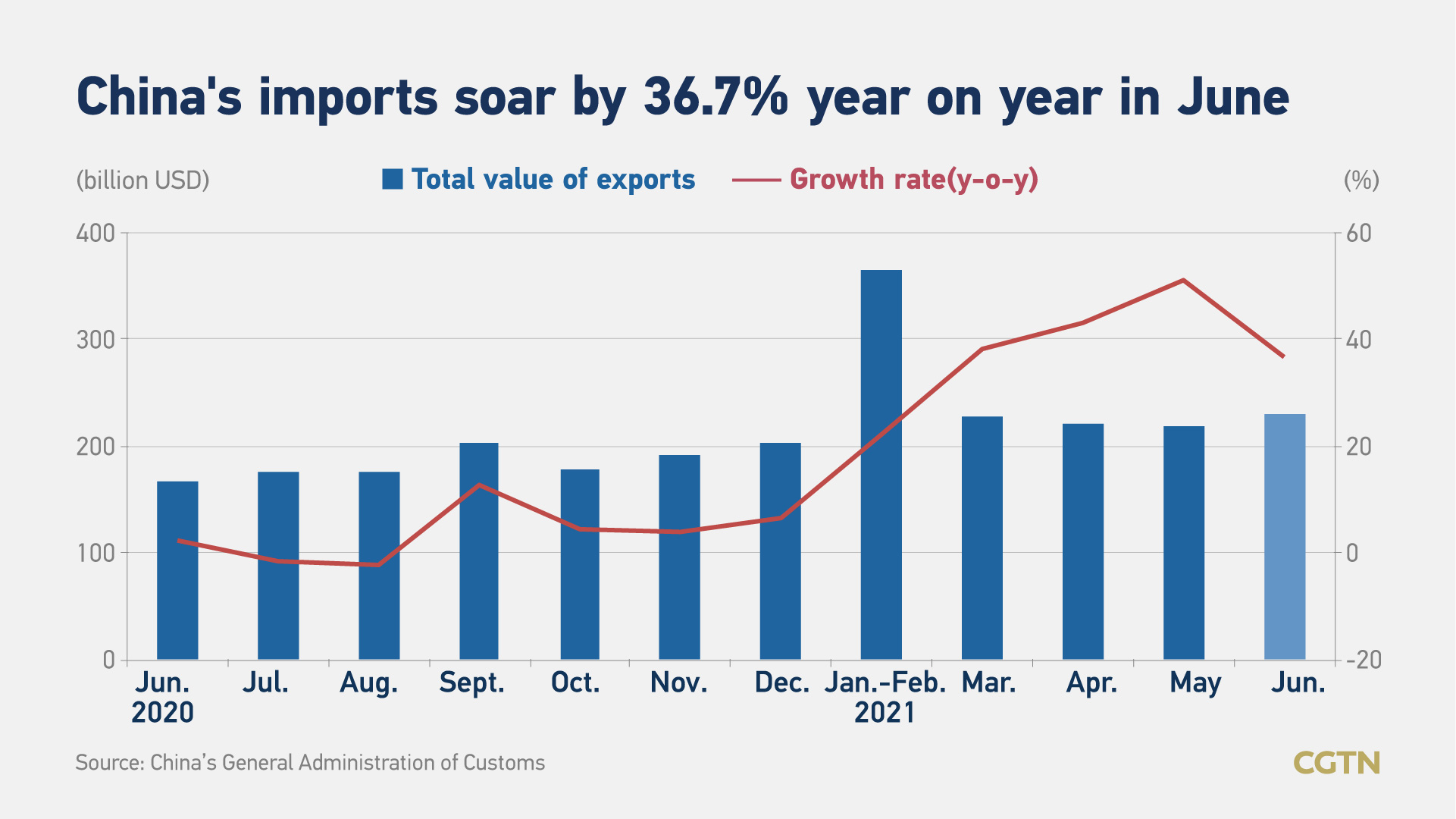China's Export-Oriented Growth: A Risky Strategy?

Table of Contents
China's export-oriented growth strategy, implemented since the late 1970s, centers on leveraging the country's vast workforce and manufacturing capabilities to produce goods for international markets. This approach played a pivotal role in lifting millions out of poverty and transforming China into a global economic powerhouse. However, the question remains: is continued heavy reliance on this model sustainable and wise in the long term?
H2: The Benefits of Export-Oriented Growth in China
H3: Economic Expansion and Job Creation
The export boom fueled China's incredible GDP growth for decades. Exports have been the engine driving economic expansion, contributing significantly to national income and overall prosperity. This growth directly translated into massive job creation, particularly within manufacturing, logistics, and related sectors.
- Textiles and Apparel: China became a global leader in textile and apparel manufacturing, creating millions of jobs.
- Electronics and Appliances: The export of electronics and home appliances drove significant economic growth and employment.
- Machinery and Equipment: China's export of machinery and equipment contributed significantly to its industrial development and job creation.
According to the World Bank, exports accounted for over 20% of China's GDP for many years, showcasing their critical role in economic expansion and job creation.
H3: Technological Advancement and Foreign Investment
The intense competition in the global export market pushed Chinese industries to innovate and improve their technology. Exposure to international standards and demands spurred technological advancement and increased efficiency within numerous sectors. Furthermore, China's attractiveness as an export hub drew significant foreign direct investment (FDI), facilitating technology transfer and skill development. Multinational corporations established manufacturing facilities in China, bringing with them advanced technologies and management expertise.
- Technology Transfer: Joint ventures and partnerships with foreign companies led to the transfer of crucial technologies and know-how.
- Skill Development: Working alongside foreign companies provided valuable on-the-job training and skill development for Chinese workers.
- Infrastructure Development: FDI contributed significantly to the development of China's infrastructure, further supporting export activities.
This inflow of FDI not only fueled economic growth but also contributed to the upgrading of Chinese industries, enabling them to compete on a global scale.
H2: The Risks Associated with Export-Oriented Growth
H3: Vulnerability to Global Economic Shocks
China's heavy reliance on exports makes it highly susceptible to global economic fluctuations and trade wars. Global recessions, changes in international demand, and protectionist policies in major export markets can significantly impact China's economy. The 2008 global financial crisis, for instance, severely affected Chinese exports, highlighting the inherent risks of this strategy. Over-reliance on specific markets or trading partners also increases vulnerability to geopolitical instability or sudden shifts in trade relations.
H3: Environmental Concerns and Sustainability
The rapid industrial growth driven by exports has had significant environmental consequences. Pollution from factories, resource depletion, and carbon emissions are serious concerns. The focus on cheap manufacturing often comes at the cost of environmental protection, posing long-term sustainability challenges. Moving towards more sustainable and environmentally friendly export strategies is crucial for China's long-term development.
H3: Rising Labor Costs and Global Competition
Rising labor costs in China are eroding its competitive advantage in low-cost manufacturing. Other developing countries with lower labor costs are emerging as strong competitors, posing a challenge to China's export dominance. To maintain competitiveness, China needs to shift towards higher value-added exports, requiring significant industrial upgrading and technological innovation.
H2: Alternative Economic Strategies for China
H3: Focus on Domestic Consumption
Reducing reliance on exports requires stimulating domestic consumption. Policies aimed at boosting consumer spending, such as improved social safety nets and increased disposable income, are crucial for creating a more balanced and resilient economy. Developing a robust internal market reduces vulnerability to external shocks.
H3: Technological Innovation and High-Value Manufacturing
China needs to focus on developing innovative technologies and transitioning towards higher value-added manufacturing. This involves investing heavily in research and development, fostering innovation hubs, and supporting the growth of high-tech industries. Government initiatives and policies are vital in driving this transformation.
3. Conclusion
China's export-oriented growth has undeniably propelled its economic rise, creating jobs and fostering technological advancement. However, the inherent risks associated with this strategy – vulnerability to global shocks, environmental concerns, and increasing competition – cannot be ignored. A shift towards a more balanced economy, emphasizing domestic consumption and high-value manufacturing, is essential for China's long-term stability and sustainable development. Understanding the future of China's export growth is crucial; what adjustments are needed to mitigate the risks of China’s export-oriented growth and ensure long-term economic stability? The answer lies in a strategic diversification of its economic approach.

Featured Posts
-
 Fsus Plan For Resuming Classes Following Campus Shooting Faces Backlash
Apr 22, 2025
Fsus Plan For Resuming Classes Following Campus Shooting Faces Backlash
Apr 22, 2025 -
 Over The Counter Birth Control A Post Roe Game Changer
Apr 22, 2025
Over The Counter Birth Control A Post Roe Game Changer
Apr 22, 2025 -
 The Combined Strength Of Sweden And Finland A Pan Nordic Defense Analysis
Apr 22, 2025
The Combined Strength Of Sweden And Finland A Pan Nordic Defense Analysis
Apr 22, 2025 -
 The Pan Nordic Military Evaluating The Roles Of Sweden And Finland
Apr 22, 2025
The Pan Nordic Military Evaluating The Roles Of Sweden And Finland
Apr 22, 2025 -
 Pope Francis Death Pneumonia Cited Among Health Issues
Apr 22, 2025
Pope Francis Death Pneumonia Cited Among Health Issues
Apr 22, 2025
Latest Posts
-
 Benson Boone Responds To Harry Styles Copying Accusations
May 10, 2025
Benson Boone Responds To Harry Styles Copying Accusations
May 10, 2025 -
 How Harry Styles Reacted To A Hilariously Bad Snl Impression
May 10, 2025
How Harry Styles Reacted To A Hilariously Bad Snl Impression
May 10, 2025 -
 Harry Styles On That Awful Snl Impression His Honest Response
May 10, 2025
Harry Styles On That Awful Snl Impression His Honest Response
May 10, 2025 -
 Harry Styles Snl Impression The Reaction That Broke The Internet
May 10, 2025
Harry Styles Snl Impression The Reaction That Broke The Internet
May 10, 2025 -
 Snls Impression Of Harry Styles His Reaction And The Backlash
May 10, 2025
Snls Impression Of Harry Styles His Reaction And The Backlash
May 10, 2025
